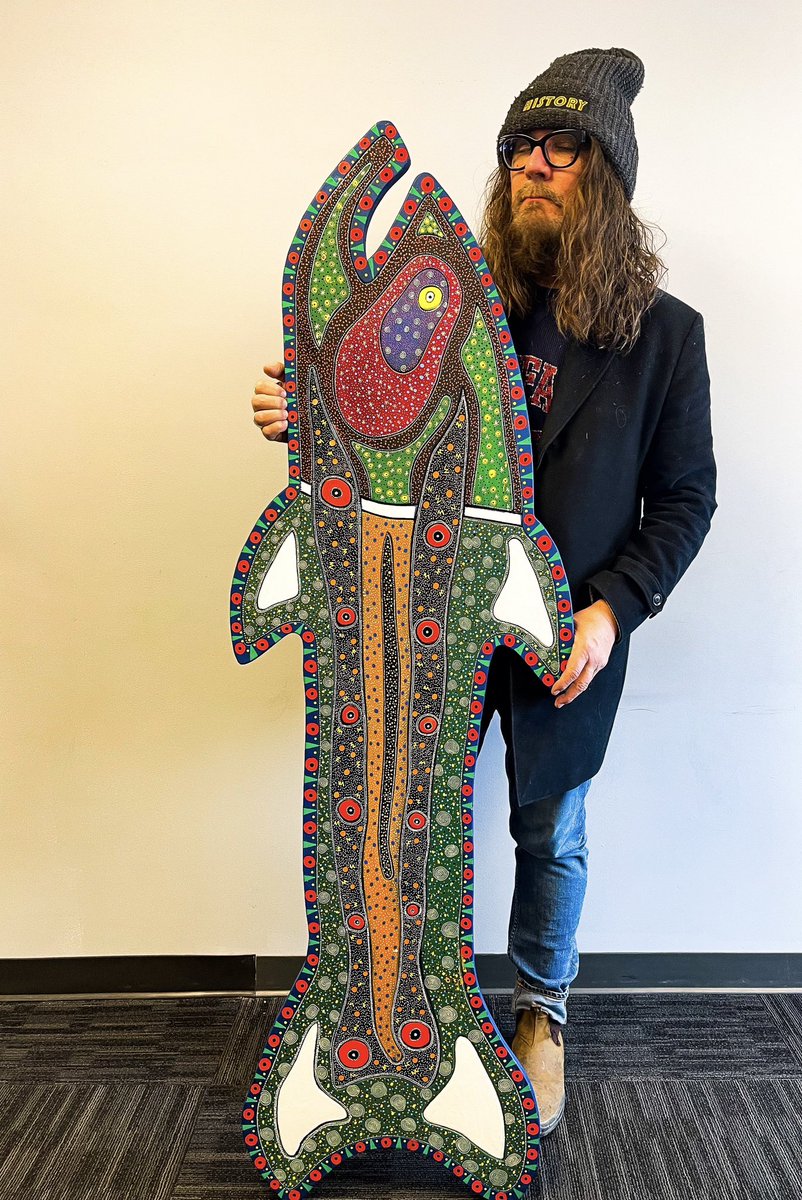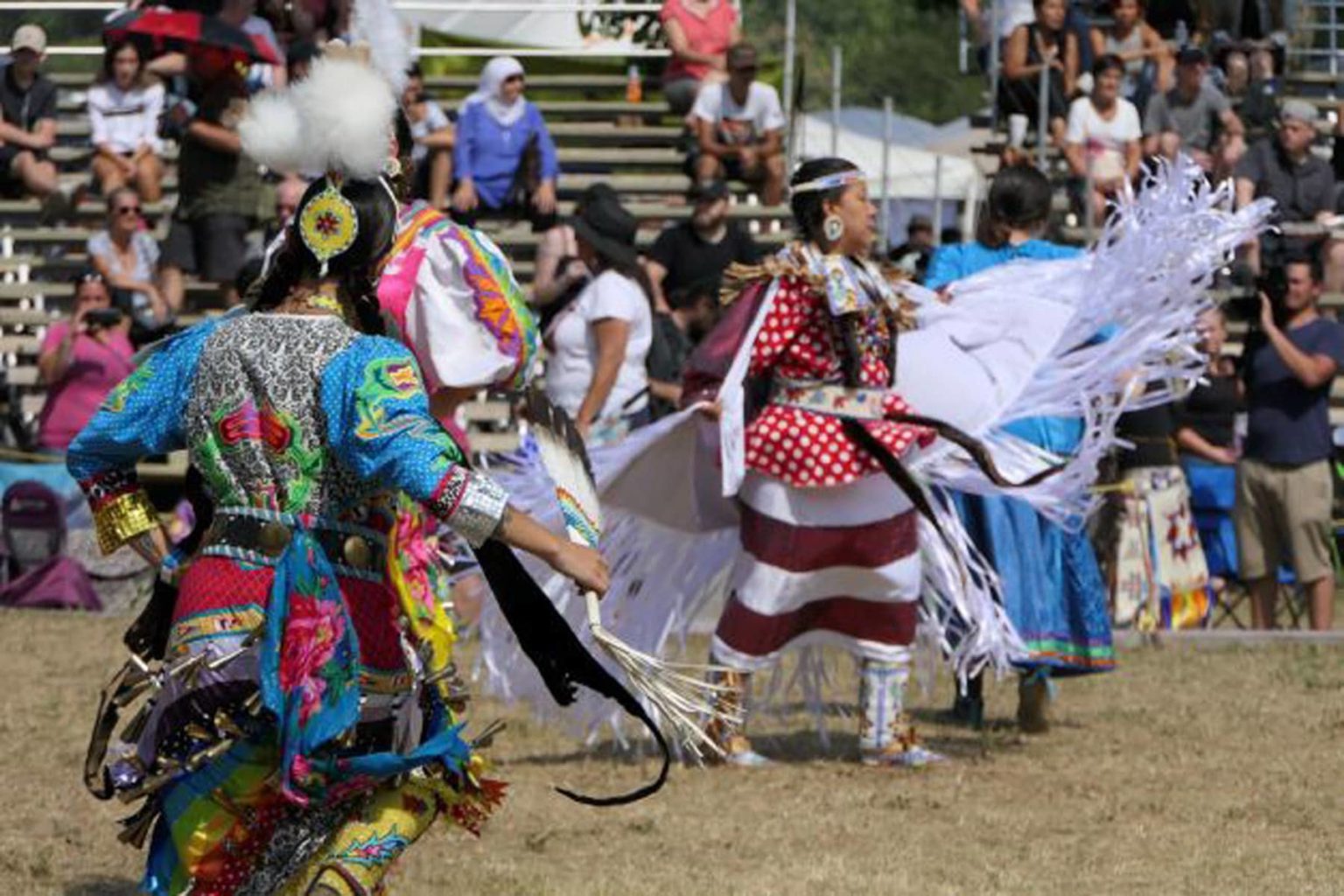
The Soul of a Nation: Kahnawake Mohawk Culture and the Enduring Fight Against Appropriation
Culture is the living breath of a people, a tapestry woven from history, spirituality, language, and ancestral knowledge. For the Kahnawake Mohawk, a sovereign Nation nestled on the south shore of the St. Lawrence River near Montreal, this cultural fabric is not merely a collection of traditions; it is the very essence of their identity, a testament to centuries of resilience in the face of immense pressure. Yet, like many Indigenous communities worldwide, the Kahnawake Mohawk find their sacred symbols, practices, and stories frequently commodified, trivialized, and distorted through the pervasive phenomenon of cultural appropriation. This journalistic exploration delves into the nuanced reality of Kahnawake Mohawk culture, the specific ways it faces appropriation, and the community’s steadfast efforts to reclaim and protect its heritage.
To understand the profound impact of cultural appropriation on the Kahnawake Mohawk, one must first grasp the depth and richness of their heritage. The Kahnawake, or "People of the Rapids," are one of the eight communities that comprise the Kanien’kehá:ka (Mohawk Nation), the easternmost nation of the Haudenosaunee (Iroquois) Confederacy. Their history is intertwined with the very landscape they inhabit, a connection that predates colonial contact by millennia. The Haudenosaunee are renowned for their Great Law of Peace (Kaianere’kó:wa), a sophisticated political and social system that inspired many aspects of democratic governance, including elements of the U.S. Constitution. This ancient constitution outlines principles of peace, unity, and strength, governed by a matriarchal clan system where women hold significant power in selecting chiefs and maintaining social order.
Mohawk culture is vibrant and dynamic, characterized by the Kanien’kehá:ka language, traditional longhouse ceremonies, the Thanksgiving Address (Ohen:ton Karihwatehkwen) which acknowledges and gives thanks to all elements of creation, and a deep respect for the natural world. They are famously known as the "Skywalkers" for their prowess in high-steel construction, a skill honed over generations that saw them contribute to the iconic skylines of North America, from the Empire State Building to the Golden Gate Bridge. This legacy of strength, ingenuity, and community spirit is a source of immense pride.

However, this rich cultural tapestry is often reduced to simplistic, often inaccurate, tropes in the mainstream. Cultural appropriation, at its core, is the unauthorized or inappropriate adoption of customs, practices, ideas, or elements of a minority group by members of a dominant culture. It differs from cultural exchange, which is a reciprocal process rooted in mutual respect and understanding. Appropriation, conversely, often occurs without permission, understanding, or acknowledgment of the original context, history, and spiritual significance. It frequently involves commodification, where sacred or meaningful items are turned into trendy accessories, fashion statements, or commercial products, stripping them of their intrinsic value and often leading to profit for the appropriator, not the originators.
One of the most potent and painful examples of cultural appropriation concerning the Kahnawake Mohawk, and the wider Haudenosaunee Confederacy, revolves around the sport of lacrosse. Known as Tewaaraton in the Mohawk language, or "the Creator’s Game," lacrosse is far more than a sport; it is a spiritual practice, a medicine game, and a gift from the Creator. Traditionally, it was played to resolve disputes, heal the sick, train warriors, and give thanks. The sticks themselves were crafted with reverence, and the game was accompanied by specific ceremonies and songs.
Today, lacrosse is a multi-million dollar global industry. While its Indigenous origins are sometimes acknowledged in a superficial way, the commercialization of the game often divorces it entirely from its spiritual roots. Brands profit from "tribal" designs on jerseys and equipment, team names like "Warriors" are used without understanding their context, and the economic benefits rarely flow back to the Indigenous communities who gifted the game to the world.
"When people wear a lacrosse jersey with a feather or a ‘tribal’ pattern without understanding what it represents, or without acknowledging that this game came from us, it feels like a slap in the face," states Melanie Beauvais, a Kanien’kehá:ka cultural educator from Kahnawake. "It’s like they’re taking our soul and packaging it for sale. The Creator’s Game is about healing and balance, not just winning. That spiritual component is completely lost in the commercial world."
Beyond lacrosse, Kahnawake Mohawk culture faces appropriation in myriad forms:
- Misrepresentation of Traditional Garb: While not traditionally worn by Haudenosaunee people, the iconic Plains-style feathered war bonnets are frequently, and erroneously, associated with all Native Americans, including Mohawks. This leads to the disrespectful trend of non-Indigenous people wearing them at music festivals or as Halloween costumes, perpetuating a monolithic and inaccurate image of Indigenous cultures. For the Mohawk, who have their own distinct regalia, this conflation erases their specific identity.
- Commercialization of Symbols and Designs: From "dreamcatchers" (originally Anishinaabe, but widely appropriated and mass-produced) to generic "Native American" patterns on clothing, jewelry, and home decor, Indigenous designs are stripped of their meaning and context. These items are often manufactured offshore, with no benefit to Indigenous artists or communities, and sold for profit by non-Indigenous businesses.
- "Playing Indian" and Stereotypes: The harmful trope of non-Indigenous people adopting a caricature of Indigenous identity for personal gain or amusement persists. This can range from spiritual tourism where non-Indigenous "shamans" lead fake ceremonies, to children’s camps encouraging "Indian play," all of which reduce complex cultures to simplistic, often offensive, stereotypes.
- Language and Naming: The casual use of Indigenous words or names for products, sports teams, or places without proper consultation or understanding can be deeply offensive, particularly when those names are sacred or refer to significant historical events.

The impact of cultural appropriation on the Kahnawake Mohawk is multifaceted and deeply damaging. Firstly, it erodes the meaning and sanctity of cultural elements. When sacred items become fashion accessories, their spiritual power is diminished, and their original purpose is trivialized. Secondly, it contributes to economic injustice. Indigenous artists and creators struggle to compete with mass-produced, appropriated goods, denying them rightful economic benefit from their own heritage. Thirdly, it perpetuates harmful stereotypes and contributes to the invisibility of contemporary Indigenous peoples. By presenting a distorted, often romanticized or "primitive" version of Indigenous culture, appropriation hinders genuine understanding and respect.
Perhaps most profoundly, cultural appropriation is a painful reminder of a history of colonization, where Indigenous lands, resources, and indeed, cultures, were systematically taken and exploited. After centuries of residential schools designed to "kill the Indian in the child," and policies aimed at suppressing Indigenous languages and spiritual practices, the fight for cultural preservation is paramount. When cultural elements are appropriated, it feels like a continuation of that colonial process – a further theft, this time of identity and spirit.
"Our ancestors fought to keep our language, our ceremonies, our very way of life alive against immense pressure," explains a Kahnawake community elder, who preferred to remain anonymous to speak freely. "When someone takes a piece of our culture and uses it without respect, without understanding the sacrifices that were made to keep it alive, it’s not just ignorance; it’s a profound disrespect to all those who came before us."
The Kahnawake Mohawk, however, are not passive victims. They are actively engaged in powerful initiatives to reclaim, revitalize, and protect their culture. Language immersion programs ensure the Kanien’kehá:ka language thrives, traditional ceremonies are practiced with renewed vigor, and Kahnawake artists and entrepreneurs are creating authentic cultural products. There is a strong emphasis on education, both within the community and outwards, to foster understanding and respect.
For those outside the community, navigating the line between appreciation and appropriation requires conscious effort and humility. It involves:
- Education: Learning about the specific cultures one is engaging with, understanding their history, and recognizing the power dynamics at play.
- Consent and Collaboration: If engaging with Indigenous cultural elements, seek permission, collaborate with, and compensate the originators. Support Indigenous artists and businesses directly.
- Context and Respect: Understand the original meaning and context of cultural elements. Avoid trivializing or commodifying sacred or significant items.
- Listen and Learn: Be open to feedback from Indigenous communities and individuals. Recognize that their voices are paramount in defining what is respectful and what is not.
- Challenge Stereotypes: Actively dismantle harmful stereotypes and advocate for accurate representations of Indigenous peoples.
The struggle against cultural appropriation is not about gatekeeping or preventing cultural exchange; it is about demanding respect, recognizing sovereignty, and ensuring that Indigenous peoples retain control over their own narratives and heritage. For the Kahnawake Mohawk, it is a vital part of their ongoing journey of self-determination, a testament to their enduring spirit, and a powerful assertion that their culture, their soul, is not for sale. As they continue to nurture their unique way of life, they ask only for the courtesy of understanding and the dignity of respect.


